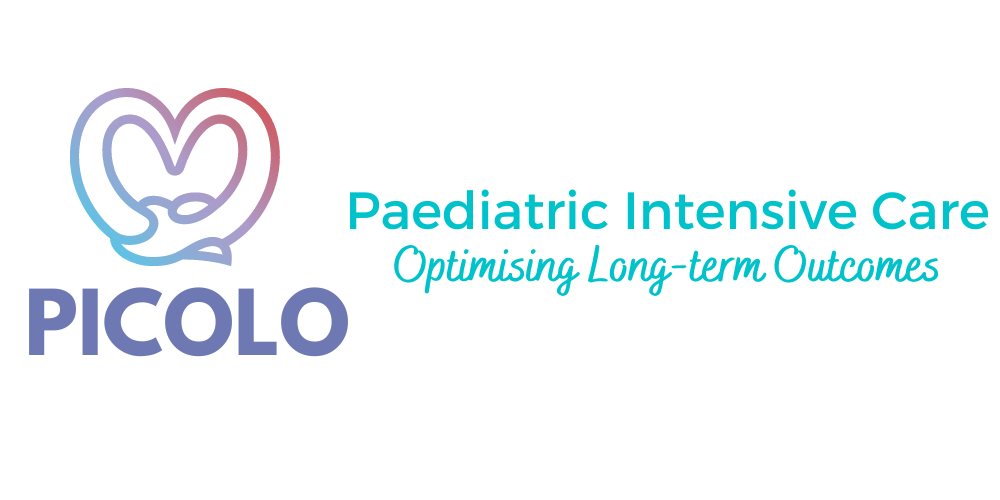GP Survey on PICU Survivorship
General practitioner perspectives on a shared-care model for paediatric patients post-intensive care: A cross-sectional survey
We sought your participation in a GP Engagement Survey because every year in Australia, over 10,000 children experience a life-threatening illness or injury. Due to improvements in care, treatments and technology, paediatric intensive care survival is extremely high. Unfortunately, we are noticing an increase in the number of children with new or developing morbidities.
Currently, there are no formal follow-up pathways to monitor children following a PICU admission.
We believe that early screening and intervention could assist children and families in returning to optimal functioning and wellbeing.
We invited you to participate in a survey on your perceptions of looking after children following a PICU admission utilising a shared care pathway. This survey received ethical clearance from Children's Health Queensland. Completion was voluntary and anonymous and took no more than 5 minutes to complete.
Below are the results of this survey.
Results
Sixty GPs completed the survey.
Overall, GPs were not very confident in caring for a child post-PICU admission, or in their knowledge of potential short- and long-term complications.
Most GPs had not heard of PICS-p and were unaware of educational materials available on this topic.
The vast majority of GPs surveyed perceived that the proposed patient screening tool and shared-care pathways would be beneficial, and most predicted that they would utilise a central repository of educational materials.
To reduce ongoing health problems for children recovering from critical illness, the family GP is optimally placed to provide community-level developmental care, particularly in Australia. Increasing GP confidence and knowledge through education is essential and using a parent-completed screening questionnaire and shared-care pathway to improve care is thought to be beneficial. GP involvement in the implementation stages of such models must continue, to ensure they are perceived by GPs as beneficial.

